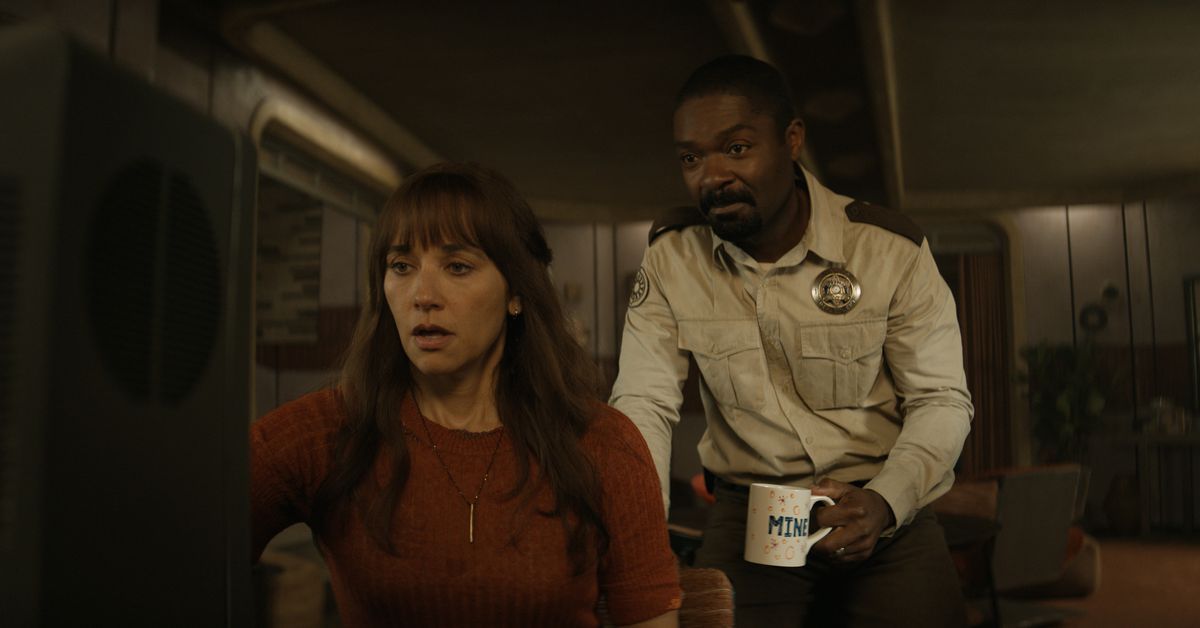Silo impressions: Apple’s new show is at its best when it’s a mystery
Personally, when I hear about a show called Silo, I get real jazzed. I’m a city kid mostly, and silos? They might as well be Stonehenge. Entire buildings just for grain or missiles, depending on the local economy? Wild stuff. Get this, though: In Apple TV Plus’ Silo, people live in one. Why? Well, that’s sorta the mystery. The trouble is, Silo goes about solving it one way, before kind of changing its mind and doing it another way.
This means that there are two versions of Silo. The first one is the one you can watch now, with the two episodes currently streaming on Apple TV Plus. In them, you learn about the community of people who live in a massive underground silo that reaches 144 levels deep into the Earth. The outside world, they’re told, is toxic, and to survive in the silo they abide by all sorts of byzantine rules.
For one, no one talks about what happened before the silo. Even pre-apocalypse objects are forbidden (you may find it hard not to laugh when characters regard a Pez dispenser like it’s the Necronomicon); among the gravest crimes one can commit is simply saying that they want to go outside. If you do, they’ll give you the worst punishment they can think of, which is sending you outside. It’s a death sentence with a chore attached: To clean the camera that serves as the community’s window out to the wasteland, and then to die from the poison in the atmosphere.
Or that’s what everyone’s told. Silo’s opening pair of episodes follow Allison (Rashida Jones), a woman who services the silo’s IT, and her husband Holston (David Oyelowo), a sheriff, as they independently come to believe that the outside world may not be the wasteland they’ve been told it is. Eventually, they decide to leave.
This sets up the expectation that Silo might be interested in what’s actually out there, when really it’s not. Some viewers may find this frustrating, like I did. Beyond the show’s pivot back towards the silo after spending so much time following characters who’ve been wondering about what’s out there, the first two episodes feel needlessly complex, flitting back and forth between timelines when a linear narrative would be just as compelling.
But after peering into the future via the screeners provided by Apple, I can tell you that the show then becomes something else: A procedural in which Juliette (Rebecca Ferguson), a mechanic-turned-sheriff, has to solve a shocking murder.
That’s a show I can get behind. A procedural in an unusual setting is catnip to me — the familiar rhythms of detective work applied to genre fare is a great way to slowly introduce a novel setting without heaps of exposition, introducing new fantastic elements as a case progresses. However, Silo also is fond of heaps of exposition; its first two-and-a-half episodes are effectively world-building exercises.
Perhaps that mode appeals to you. Silo has plenty to draw from, as it’s based on a series of books by Hugh Howey. They’ve been lovingly adapted in the show’s rich set design, and a cast comprised of remarkably talented actors who play everything deadly serious. Viewers who enjoy heaps of mythology in their television will have lots to chew on in Silo’s premiere, as every scene is shot through with an undercurrent of something awful that happened before the show started — much like early Game of Thrones, but with a lot less going on.
But I can’t help but think about how much more immediately interesting Silo would be if it started with episode 3, introducing us to a mechanic who reluctantly takes the job of sheriff because she is compelled to believe there is a secret worth finding out, and taking us along with her.
Source: Polygon


